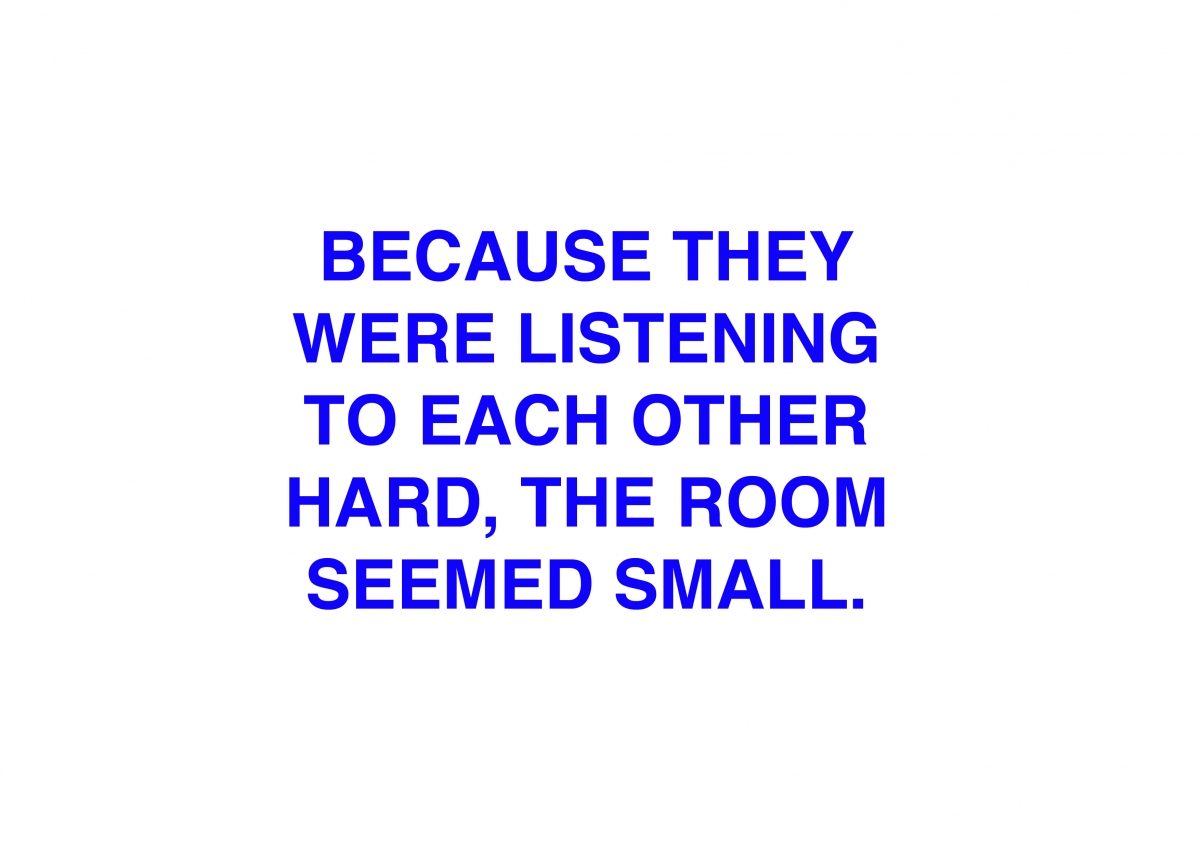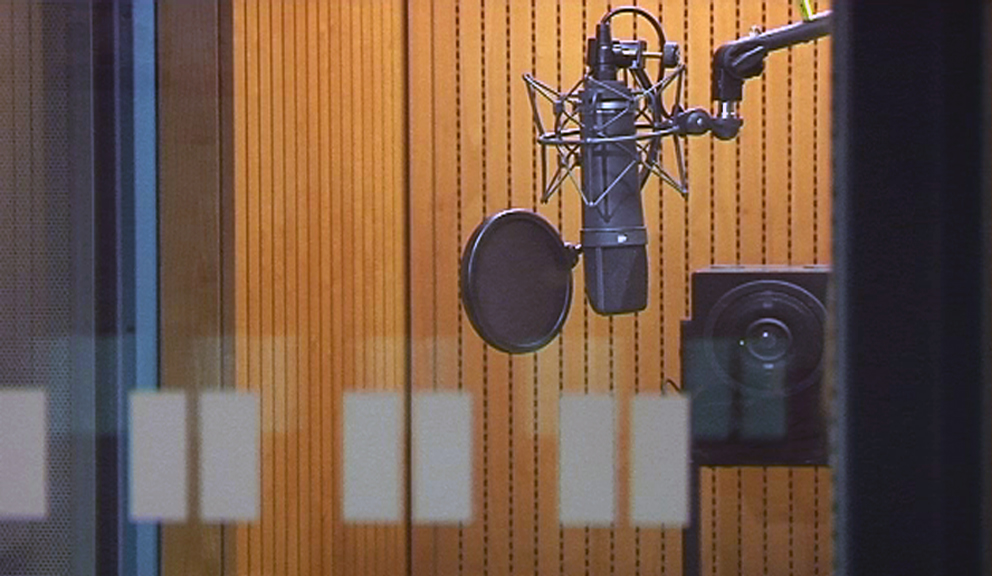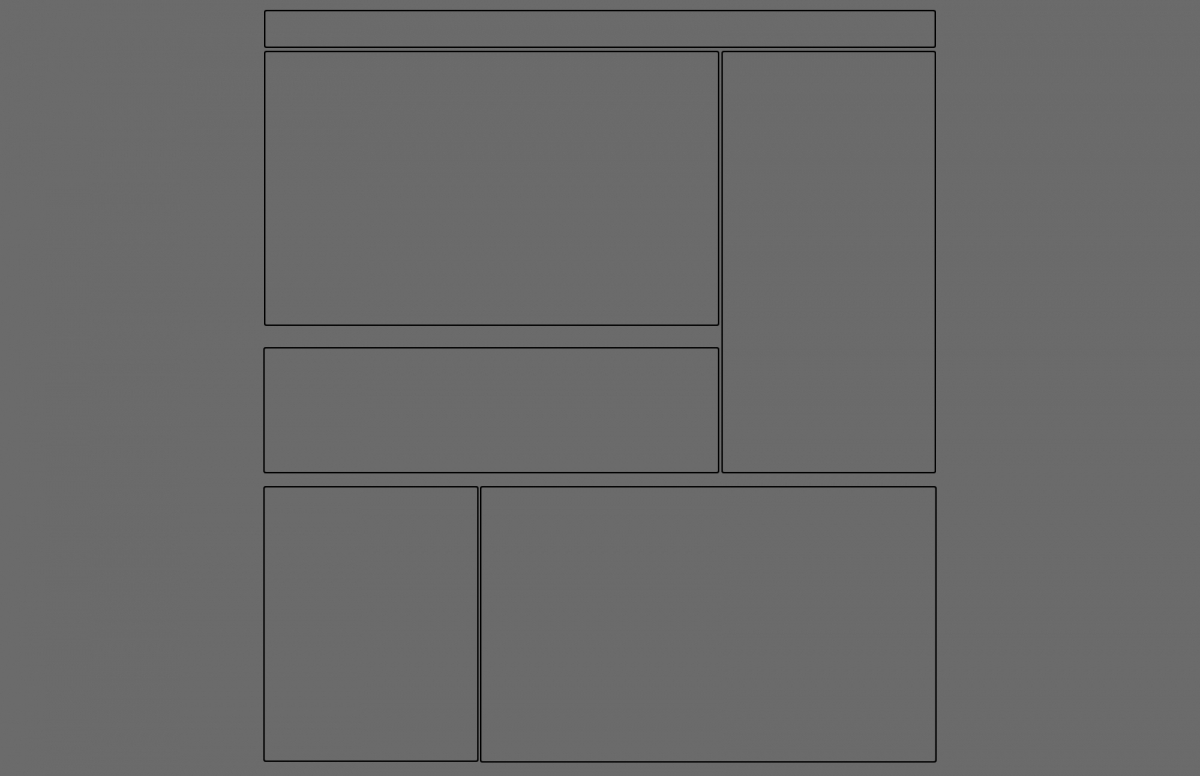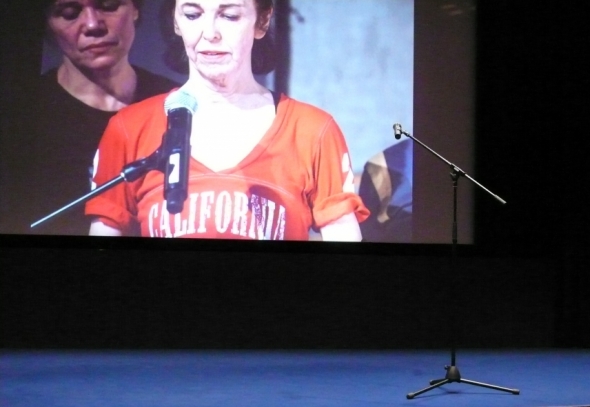Speaking Candour
To mark the release of You Must Make Your Death Public: A collection of texts and media on the work of Chris Kraus, gathered from the Chris Kraus symposium held at London’s Royal College of Art in March 2013, Mute presents Karolin Meunier’s contribution, ‘Speaking Candour’. Exploring how Kraus’ making-public of the apparently private might function as feminist practice, Meunier analyses Kraus’ use of candid speech as a tool with which to begin abstracting from personal experience and engaging with the present through art criticism, political commentary and fiction. This is just one of many responses to Kraus’ work all available for free download here
This sentence may function as a hook line:

Image: Quote from Chris Kraus, ‘Emotional Technologies’, 2004
In her novels and art critical essays Chris Kraus expressly makes the realm of her own experiences the starting point of both fictional stories and theoretical reflections. In the opening statement of ‘Stick to the Facts’, a short text published in 2008, Kraus describes her principle of always aiming for intensity and immersion when encountering a text: ‘The best writing achieves intimacy, draws you into the mind of the person who wrote it, brings you out of yourself and makes you believe at least while you’re reading that something is happening.’1 Intimacy here seems like a means of establishing a substantial connection between reader and writer and less like a mere indication of the sincerity of its author. ‘It has always struck me strange,’ the text continues, ‘when people approvingly describe my art writing as “honest” and “personal”. What else can it be? Writing narrates experience.’2 Kraus challenges not only the border between the different genres, fiction and criticism, but instrumentalises the act of self-disclosure for her own ends. Not excluding sexuality and the experience of failure from her self-descriptions (and those of her female protagonists) as well as inserting autobiographical facts, many of her texts sound like revelations. However they are characterised by the use of stylistic devices which undoubtedly dispel identification, e.g. alternating between first and third person within the same text. The question of how much truth or biographical reality such revelations contain becomes peripheral. Despite Kraus’ proclaimed affirmation of the personal and a literature that draws the reader ‘into the mind’ of another person, her writing is a counter-model to the concept of a simple confessional output. A distinction she makes herself very clear in ‘Stick to the Facts’:
There is a recurring tradition of candor in Western literature [...] ‘Candor’ should not be mistaken for ‘confession’. While confession pursues its cheaply cathartic agenda (will everything ‘change’ once the confession is made? Doubtful...), candor is essentially disinterested. Candor is a willingness to speak to the present with a certain presence, or as the poet Lew Welch described it, the exact transmission of mind into word.3
What Kraus seems to draw our attention to are the different intentions involved in truth telling and how a particular contextualisation of such speech acts changes its effect on both writer and reader.
But why am I interested? In fact, I wouldn’t want people entering my mind, and I’m surprised when others are willing to open up theirs. But then, apparently, I like to be drawn into someone else’s mind, at least for a while, to borrow some of their experiences. I have never been a table dancer. And, more generally speaking, it is also about the way in which people decide to present themselves publicly, and the range of options available for such presentations. It is so common for people to disclose information about themselves and their actions, and it seems to be performed as a matter of course. My interest is in the model of writing and talking about oneself as a means of abstracting one’s own experience. Who or what triggers such speech, and how can one choose it as a form? Is it possible to rehearse confession and become better at producing truths? The transitions from hidden to public, from thinking to speaking, from internal to external dialogue produce interruptions whose extension, formalisation and exaggeration (in literature) I would interpret as techniques that highlight the constructed nature of such self-disclosures, as well as the difference in position between speaker and listener. Another artist who works extensively with autobiographical material made a similar statement to Kraus. In the prologue to her memoirs Feelings Are Facts: A Life Yvonne Rainer describes not only what compelled her to write and publish her memoirs, but also her misgivings about the confessional genre:
Do I wish to make claims to a hearing and in so doing seek ‘a catharsis of confession’? In our talk-show saturated culture ‘without confessional talk we simply don’t exist’. No, I must remind myself that my existence does not depend on some kind of secular redemption through self-exposure.4
OK, I got it: no to confession, no to catharsis. However, while both authors deny the cathartic aspect, their artistic practices nonetheless claim an interest in talking about oneself as performative act, and in the personal as material to be consciously deployed. These forms of speech still partake in ‘truth production’, and I am not sure if one can so easily escape the trap of confession.

Image: Karolin Meunier, Timing and Consistency, video still, 201
The term itself is associated with certain specific speaking situations such as the confession of legal guilt, the religious confessional, as well as psychoanalysis, which take place at such diverse locations as courts, hospitals, churches, the internet and TV studios. But ‘confession’ also evokes more general moral ideas of sincerity, unfeignedness, truth and guilt. Michel Foucault investigated confession and its history epistemologically: ‘Next to the testing rituals,’ he wrote in The History of Sexuality, ‘next to the learned methods of observation and demonstration, the confession became one of the West’s most highly valued techniques for producing truth.’5 His interest primarily regards its control function within specific power relations. In the discourse of sexuality he finds the twisting of the relation between censorship and coerced speech that characterises confession. The ‘internal ruse’, he said, lies in seducing the confessing subject into speaking, through the appearance of confession itself as a defiant refusal of a prohibition to speak, a prohibition from which one must free oneself. An effect of this ruse is the belief that a decision in favour of honest speech is an expression of freedom, when in fact it has long been an internalised command. As a ritual this activity thrives on repetition; the impulse to overcome the resistance to self-narration becomes habitual, and the power relation within which this happens loses its contours in the course of the routine. In this sense it would not matter whether the occasion for this speech appears as a need, an invitation or an act of enforcement, or as one of these things dressed up as another: in confession a format is being used, subject to certain limitations determined by its occasion and setting. These limitations correspond to the promise of a result, to the effect of healing, attention, absolution. It may be regarded as a manifest structure but, at best, also as an instrument to put to use, precisely because of its cultural and historical overdetermination, its exaggerated focus on results and effects and its complicity with institutions.
The position of both Kraus and Rainer can be read as critical of a concept of confession that limits it to an instrument of control. And indeed, not every self-description is written in stone. One is not ordained to be disciplined by the confession. One is not at its mercy. When a person talks about themselves, the circumstances and intentions do make a difference, changing the text and the personal risk and position of the speaker. Kraus’ distinction between candour and confession seems helpful here (though I would say they are intertwined, part of each other). When Kraus describes candour as willingness ‘to speak to the present with a certain presence’, it is assigned a more active role. But why is it disinterested as Kraus proposes, if, on the other hand, writing and reading should provoke intimacy and presence, and something is happening? As an alternative to the confessional model candour is no less performative, but it may work against the identifying moment of admission, preferring the disidentifying force of forthright speaking out as well as to set a story in motion by telling and sharing it and not pinning it down to one person and their feeling of guilt. Kraus’ concludes by saying: ‘Despite the utter debasement of all things “personal” through the rise of therapeutical/confessional culture, what the world needs is more presence, not less.’6 Hers is an approach, which instead of claiming that secret keeping, concealment and obfuscation are expressions of freedom or subversive acts, gives short shrift to the cathartic function of avowal exactly from the margins of the autobiographical format. But candour, the quality of being open and honest in expression, is not an easy task. To me it would seem more suitable to immediately try to get away from one’s own candid words and their tendency to produce all-too-definite narratives and identities. The feeling of distance that opens up to one’s own experiences perhaps explains the sense of unease that accompanies this speech. It is hard work to speak freely. At the same time there is the desire to experiment with the possibility to observe and describe oneself. Even Foucault’s description of the potential of such speech to be deployed strategically as well as to get out of control sounds less like a mere root cause analysis of internalised control mechanisms and more like a description of the motivation for conducting a self-experiment. He wrote of ‘the invention of pleasure in the truth of pleasure’, the ‘pleasure of knowing that truth, of discovering and exposing it, the fascination of seeing and telling it, of captivating and capturing others with it, of confiding it in secret, of luring it out into the open.’7 In the sexual confession he refers to and in confessional language more broadly, truth becomes a contentious field, where exhibiting and concealing alternate with and determine one another.

Image: YouTube Blank Template 2.0, The Casey813, 2010
http://caseygray.webs.com/apps/photos/photo?photoid=85580904
I think it is precisely this moment of ‘pleasure in the truth of pleasure’, and the risk and excitement of telling it that connects the idea of self-disclosure as a cultural technique with a recurring motive in Kraus’ work: that is a performative, or conceptual, perspective on sexuality especially on sadomasochistic practices and the fascination of a social interaction determined by rules. In ‘Emotional Technologies’, republished in Video Green: Los Angeles Art and The Triumph of Nothingness, she writes about the everyday life and work experiences of an artist and art critic, whose perspective could be that of Kraus herself. She links up observations of the art scene in Los Angeles with her, or her female protagonist’s, excursion into S/m dating, and with the techniques of Polish experimental theatre director Jerzy Grotowski in the 1960s, whose exercises, she writes,
aimed at pushing actors into states of pure intensity [...] There is no experimental theatre in sadomasochism. That’s why I like it. Character is completely preordained and circumscribed. You’re only top or bottom. There isn’t any room for innovation in these roles. It’s a bit like what Ezra Pound imagined the Noh drama of Japan to be, a paradox in which originality is attained only through compliance with tradition. Tonalities and gestures are completely set, and so exactitude is freedom.8
In the same text Kraus refers to Foucault’s late writings on the ‘Technologies of the Self’ and mentions that according to a number of interviews he played S/m himself. What she proposes is an analogy between the idea of ‘technique’ in sexual practices and as an aesthetic principle in order to dissolve the opposition of technique/rules vs. originality/innovation: e.g. the systematic work of constructing a text while reconstructing one’s own experiences. ‘Because they were listening to each other hard, the room seemed small’, a quote from ‘Emotional Technologies’ describing the tension between the woman in the story and her Dom partner, could equally illustrate the relation between a performer and their audience.
The expectation that sexuality and artistic work, as well as talking about these things, will involve authenticity, is suspended if specific rules are followed. To accept clearly defined roles as specifications for one’s own behaviour, for movements and speech acts, might establish a distance from familiar patterns of activity. These, however, neither throw into question the intensity of what is experienced, nor do they cancel out its performative effect – even invented or stylised self-disclosure can provoke relief and shame, or conversely the sensation of self-empowerment and rebellion. The counter-project staged by Kraus, in which subjectivity is dissolved by the fixed roles of sadomasochistic practices in order to eliminate the obligation to experiment and innovate, is certainly a thought-play as extreme as it is bold. In Kraus’ latest novel, Summer of Hate, the female protagonist, Catt, makes a comment on the same topic: ‘Besides, she’d already reported on these experiences in her last book of essays, juxtaposing the extreme, nuanced presence of BDSM games with the blankness of academic neo-conceptual art. These faux-naïve arguments shocked most of the art world but received knowing laughs from her fans.’9
And yet this example really does show the ambivalent relationship between, on one hand, sheer exposedness to a situation controlled from outside, and on the other, the intent to create an experience of exposure to control. It could be argued that there is indeed an experimental approach in the decision to act according to fixed rules for a certain amount of time, still more so when the decision is made from an aesthetic and self-reflexive perspective. It remains an experiment because the scene entered into remains bound to an individual and his or her specific context. But the more rigid the rules, the more minimal the possibilities for variation, making self-observation easier. The less one seems to appear in what one does – the smaller the stakes – the greater the risk of delivering oneself to something overwhelming. More is expressed here than a merely instinctive obedience to prevailing standards and expectations. The exclusion of subjective, contingent gestures bespeaks a need – or amounts to an attempt – to disrupt those gestures’ hidden correlation to certain norms. To submit to extreme rules can also be an expression of withdrawing from the false option of a free speech.
Essentially, the question concealed is how to trick the truce, how the imperative to produce a discourse about oneself can be appropriated deceptively and technique be revoked and rededicated. If a certain awareness of the constructed and manipulated nature of confessional or honest speech is assumed to be present in autobiography, interview, etc. as forms of expression, then the attributes of construction and manipulation function as a sort of hinge for whatever intentions are involved. The transfer of what has been experienced – which on one hand entails the outward projection of interiority through speech, and on the other the act of bringing oneself into the game – may be impossible as an immediate gesture. As a technique, however, it can be strategically deployed in order to meet the demands of both public and private summons to self-reflection, or indeed to rid oneself of them. The truth created in this process would always be the truth of the situation. The concept of ‘being present’ in what one says or writes sets the focus on the reciprocal dynamic between artistic-literary practice and personal engagement: how the personal changes as soon as it becomes narrated in public, and what happens when, conversely, one begins to understand it as an experimental set-up, organising it according to certain criteria. The insistence on the meaning of the private and everyday as narrative – particularly as a feminist concern – has always also been a political instrument: to cultivate public speaking about one’s own experiences and circumstances as a situation, to learn this, to propagate it, to see it as an opportunity to develop a distinct vocabulary, and, in Kraus’ case, using the autobiographical as a strategy to analyse certain social conditions and, not least, claiming a territory when writing about sexuality as well as working conditions, as a woman.
I am tempted to overstress the picture of a kind of listening that makes the room small as an interesting concept of listening. If what one says could even sound formulaic it doesn’t necessarily require a judgmental nor even understanding form of listening and rather the simple acknowledgment of being in the same space.
Karolin Meunier <karolinmeunier AT gmail.com> is an artist and writer living in Berlin. Parts of this text have been published in the artist book Return to Inquiry (2012) in the context of her long-term research on different models of self-disclosure. The book assembles corresponding scenes from art and theory and proposes the idea of confessional speech as a cultural technique that can be strategically deployed. Meunier has recently edited the German translation of Chris Kraus’ novel Torpor for b_books in Berlin.
Footnotes
1 Chris Kraus, ‘Stick to the Facts’, Texte Zur Kunst, Issue no. 70, May 2008.
2 Ibid.
3 Ibid.
4 Yvonne Rainer, Feelings Are Facts: A Life, USA: The MIT Press, 2006.
5 Michel Foucault, The History of Sexuality, Vol. 1: An Introduction, USA: Vintage, 1978.
6 Kraus, ‘Stick to the Facts’, op. cit.
7 Foucault, op. cit.
8 Chris Kraus, ‘Emotional Technologies’, (2000), Video Green: Los Angeles Art and the Triumph of Nothingness, USA: Semiotext(e) / Active Agents, 2004.
9 Chris Kraus, Summer of Hate, USA: Semiotext(e) / Native Agents, 2012.
Mute Books Orders
For Mute Books distribution contact Anagram Books
contact@anagrambooks.com
For online purchases visit anagrambooks.com







